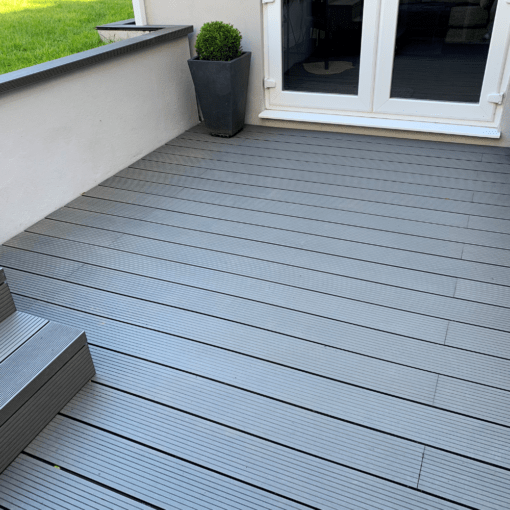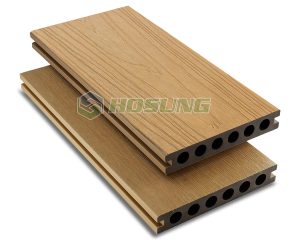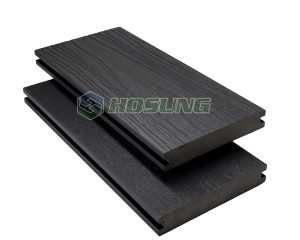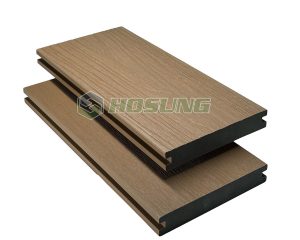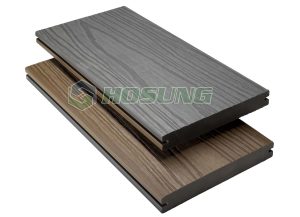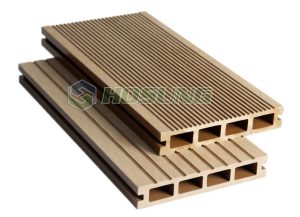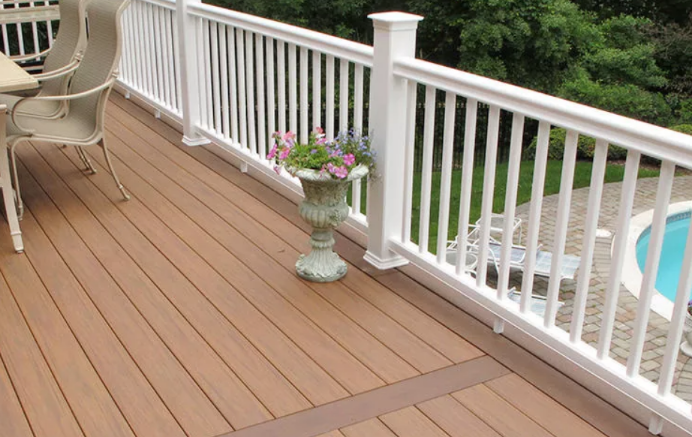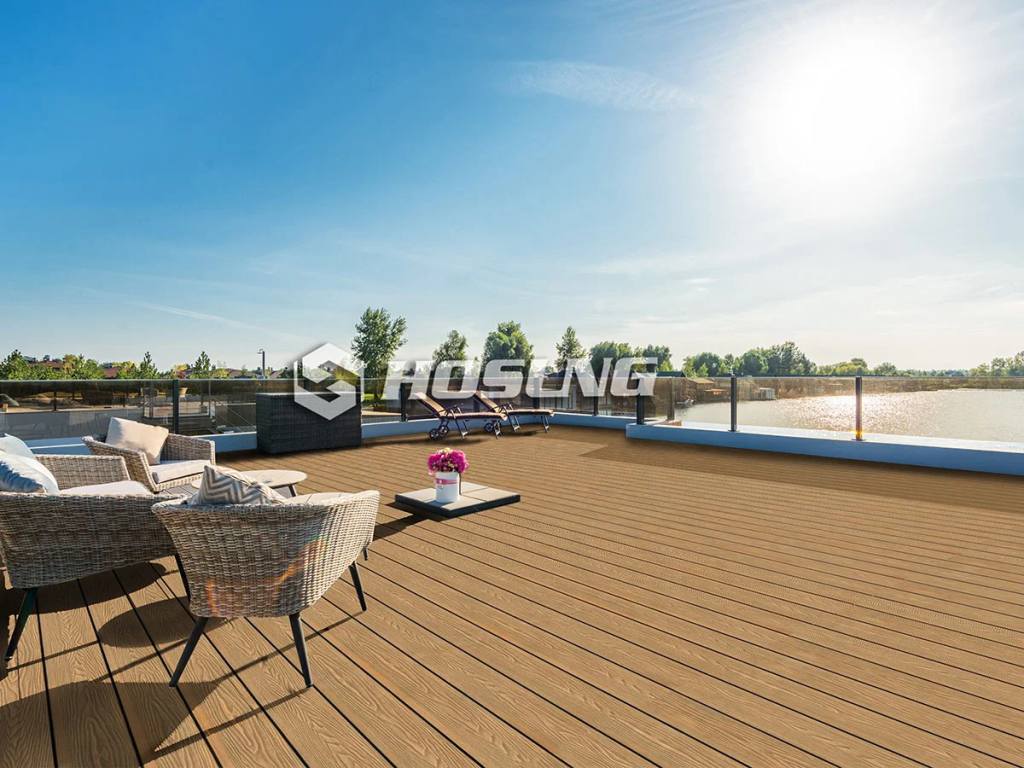Building a beautiful, durable, and functional outdoor space is a dream for many homeowners in Canada. With the country’s diverse climate and vast natural beauty, having a deck that complements your home and withstands the weather is essential. If you are searching for the best deck board Canada options, this comprehensive guide will walk you through everything you need to know — from material selection and design to installation and maintenance.
Table of Contents
What is a Deck Board?
A deck board is the fundamental building block of any outdoor deck. It is the horizontal plank laid across joists to create the walking surface. Deck boards can be made from various materials such as wood, composite, PVC, and more, each offering unique advantages depending on climate, budget, and personal preferences.
In Canada, the demand for high-quality deck boards is growing, especially those that can withstand harsh winters, humidity, and occasional heatwaves. Understanding the best deck board materials and practices is key to ensuring your deck lasts for decades.
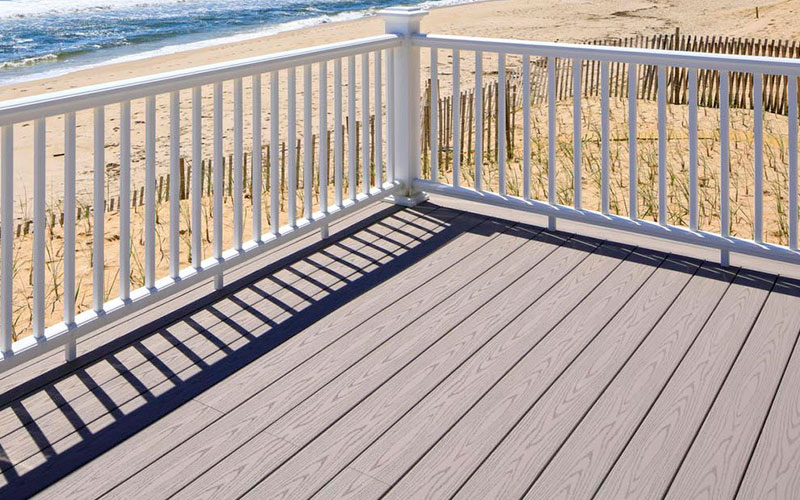
Why Focus on Deck Board Canada?
When considering decking in Canada, the choice of deck boards requires special attention to local weather conditions. Canadian seasons vary significantly, with freezing winters, heavy snowfall, and warm summers. These fluctuations can affect the durability, appearance, and safety of your deck.
Thus, deck board Canada options tend to emphasize:
Weather resistance
Durability against moisture and freeze-thaw cycles
Low maintenance
Environmental sustainability
Aesthetic compatibility with Canadian architecture and nature
By focusing on Canadian deck boards, homeowners can find materials and solutions specifically suited for their climate and lifestyle.
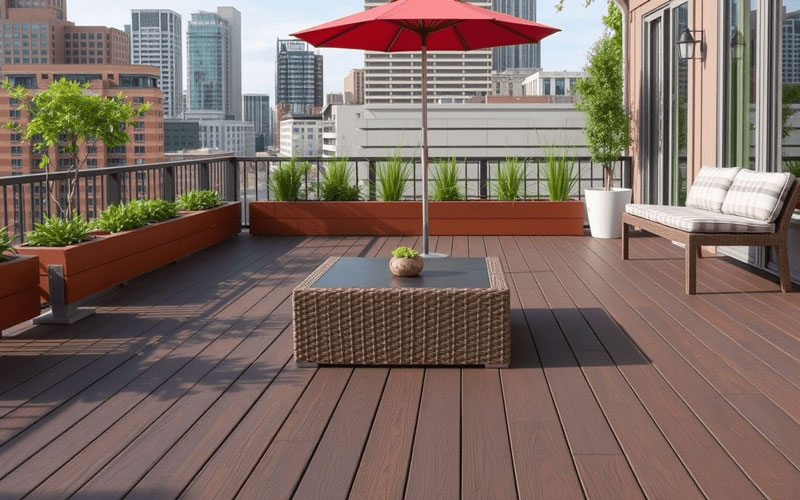
Popular Deck Board Materials in Canada
1. Pressure-Treated Lumber
Pressure-treated wood is one of the most common deck board choices in Canada. Treated with preservatives, it resists rot, insects, and fungal decay, making it suitable for the moist and cold Canadian environment.
Pros:
Affordable and widely available
Strong and durable
Easy to work with for DIY installations
Cons:
Requires regular sealing or staining to maintain appearance
Can splinter and warp over time
Chemicals used in treatment may raise environmental concerns
Pressure-treated lumber is often pine or fir, sourced from sustainably managed forests in Canada.
2. Cedar Deck Boards
Cedar is a naturally durable softwood that resists rot and insects without chemical treatment, popular in Canada for its beauty and longevity.
Pros:
Naturally resistant to moisture and pests
Attractive reddish hue and pleasant scent
Less prone to warping and cracking than untreated wood
Cons:
More expensive than pressure-treated lumber
Requires regular maintenance to prevent graying
Softer wood, prone to dents and scratches
Western Red Cedar from British Columbia is especially prized across Canada for decking applications.
3. Composite Deck Boards
Composite decking is made from a mixture of wood fibers and recycled plastics, offering a low-maintenance alternative to traditional wood.
Pros:
Highly resistant to weather, insects, and decay
Low maintenance—no need for staining or sealing
Available in a variety of colors and textures
Environmentally friendly due to recycled content
Cons:
Higher initial cost than wood
Can become hot under direct sun
Some cheaper composites may fade or stain
In Canada, composite deck boards are growing in popularity as homeowners seek durability with less upkeep, especially in regions with extreme weather.
4. PVC Deck Boards
PVC decking boards are 100% synthetic, offering superior resistance to moisture and mold.
Pros:
Extremely durable and waterproof
Requires minimal maintenance
Resistant to fading and staining
Cons:
Higher price point
Can be less structurally strong than composites or wood
Limited natural appearance compared to wood
PVC boards are ideal for wet climates or areas near pools and lakes, common in Canadian cottages and waterfront properties.
5. Tropical Hardwood Deck Boards
Tropical hardwoods such as Ipe, Cumaru, and Mahogany are increasingly chosen in Canada for premium decks. These hardwoods are extremely dense and naturally resistant to rot and insects.
Pros:
Exceptional durability and longevity (can last 25+ years)
Naturally resistant to moisture, decay, and pests
Rich, deep colors that age beautifully to a silver patina if left untreated
Cons:
Expensive compared to domestic woods
Heavier and harder to work with (requires pre-drilling)
Environmental concerns if not sourced sustainably
Tropical hardwoods are favored for high-end Canadian decks where durability and exotic aesthetics are top priorities.
6. Aluminum Deck Boards
Aluminum decking is a modern alternative that offers unique benefits in terms of durability and maintenance.
Pros:
Extremely durable and resistant to rust, rot, and insects
Lightweight yet strong
Fire-resistant and won’t warp, crack, or splinter
Low maintenance and long-lasting
Cons:
Higher upfront cost
Can feel hotter under direct sun compared to wood or composites
Limited natural appearance—usually available in solid colors or powder-coated finishes
Aluminum decks are gaining traction in Canada for commercial and residential applications where longevity and low maintenance are critical.
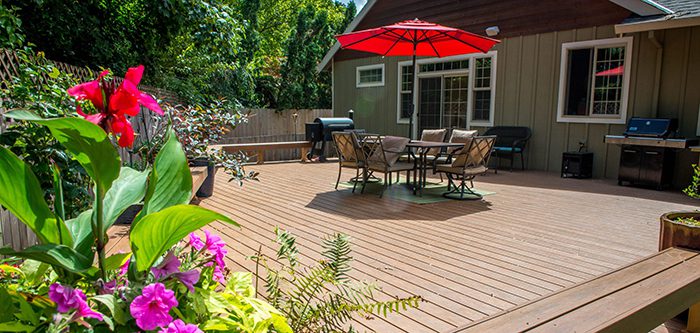
Choosing the Right Deck Board in Canada
Climate Considerations
Canada’s diverse climates—from coastal British Columbia to the cold Prairies and humid East Coast—demand deck boards with specific properties:
Moisture resistance: To combat rain, snow, and ice
Freeze-thaw durability: To prevent cracking from cycles of freezing and thawing
UV resistance: To avoid fading from summer sun exposure
Composite and PVC boards excel in these areas but at a higher cost, while pressure-treated and cedar boards require more maintenance.
Environmental Impact
Many Canadian homeowners prioritize sustainability. Look for deck boards certified by organizations such as FSC (Forest Stewardship Council) for wood or those with recycled content for composites.
Budget
Your budget will influence your deck board selection:
| Material | Average Cost per Linear Foot (CAD) |
|---|---|
| Pressure-treated Wood | $2.00 – $3.50 |
| Cedar | $4.00 – $6.00 |
| Composite | $6.00 – $10.00 |
| PVC | $8.00 – $12.00 |
Consider long-term maintenance costs alongside upfront prices.
Aesthetic Preferences
From the warm, natural look of cedar to the modern, sleek appearance of composites, your deck board choice shapes your outdoor living space style.
Installing Deck Boards in Canada: What You Need to Know
Proper installation is key to the longevity of your deck, especially given Canadian weather.
Best Practices
Spacing: Allow for proper spacing between deck boards (usually 1/8″ to 1/4″) to enable drainage and expansion.
Fasteners: Use corrosion-resistant screws or hidden fasteners designed for your deck board material.
Joist Spacing: Follow manufacturer recommendations; composite boards typically require closer joist spacing.
Slope: Ensure a slight slope (about 1/8 inch per foot) for water runoff.
Ventilation: Adequate airflow under the deck prevents moisture buildup and decay.
Hiring Professionals vs. DIY
Many Canadian homeowners opt for professional installation to ensure proper construction and warranty coverage. However, pressure-treated lumber decks can be built by experienced DIYers with the right tools.
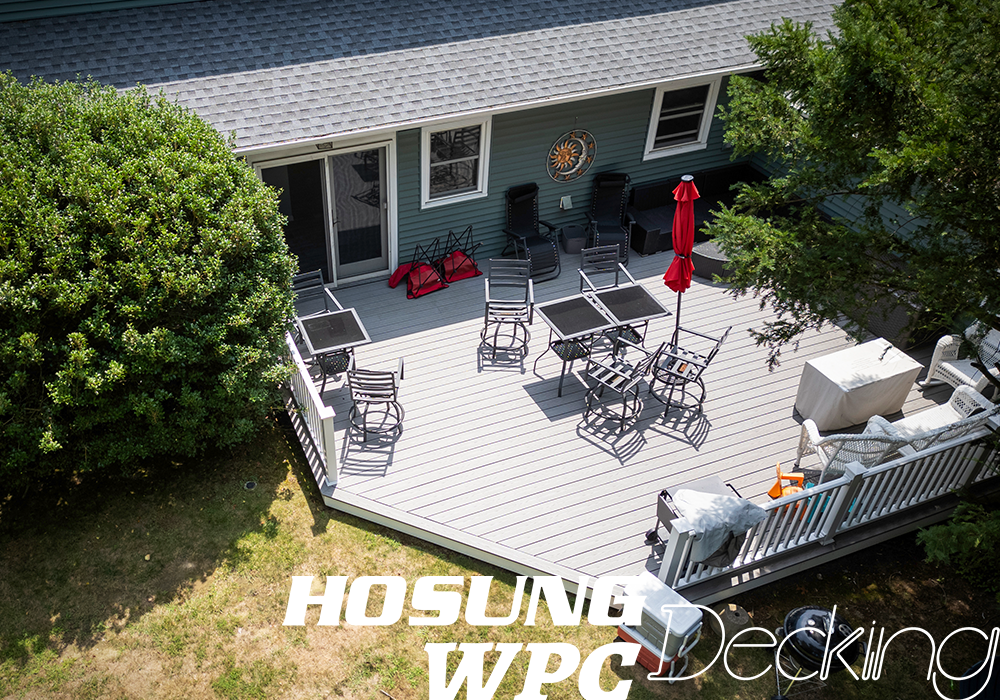
Maintaining Your Deck Board in Canada
Maintenance prolongs your deck’s life and keeps it looking great year-round.
Wood Decks (Pressure-Treated and Cedar)
Clean annually with a deck cleaner to remove dirt and mildew.
Apply sealant or stain every 2-3 years to protect from UV damage and moisture.
Inspect for loose boards, nails, or screws and repair promptly.
Sand rough or splintered areas.
Composite and PVC Decks
Wash with soap and water or a composite deck cleaner.
Remove stains promptly to avoid discoloration.
Avoid harsh chemicals or power washing that can damage surfaces.
Winter care is crucial in Canada:
Remove snow with plastic shovels to prevent scratching.
Avoid using metal shovels or ice chippers.
Use calcium chloride ice melt rather than rock salt to avoid surface damage.
Trends in Deck Boards in Canada
Sustainable and Eco-Friendly Decking
More Canadian homeowners demand decking made from recycled materials or sustainably harvested wood to reduce environmental footprints.
Enhanced Composite Technology
Advancements in composite decking now offer more realistic wood grain textures, better UV resistance, and longer warranties tailored for Canadian conditions.
Multi-Functional Deck Spaces
Deck boards are now part of integrated outdoor living areas with built-in lighting, planters, and seating, requiring materials that can handle heavy use and weather exposure.
Colour Choices
Neutral greys, natural wood tones, and graphite hues are increasingly popular, blending modern design with the Canadian landscape.
Where to Buy Deck Board Canada
Canada has many suppliers offering deck boards tailored to local needs:
Home improvement stores: Home Depot Canada, RONA, Lowe’s
Specialized lumber yards: Many local suppliers stock high-quality pressure-treated and cedar
Composite specialists: Brands like Trex, TimberTech, and local composite manufacturers
Online suppliers: Increasingly popular for custom orders and specialty materials
When purchasing, verify product certifications, warranties, and suitability for your regional climate.
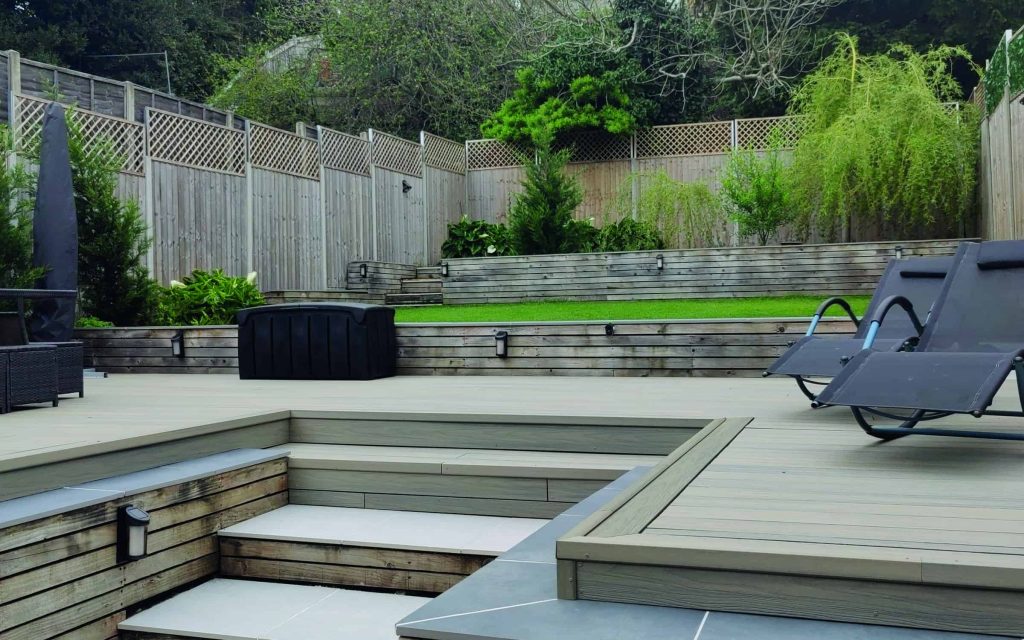
Frequently Asked Questions About Deck Board Canada
Q1: What is the best deck board material for Canadian winters?
A: Composite decking generally offers the best resistance to freezing, thawing, and moisture. Cedar and pressure-treated wood can work well if properly maintained.
Q2: How often should I maintain my wood deck in Canada?
A: Annually clean and every 2-3 years apply sealant or stain. Maintenance frequency depends on exposure and location.
Q3: Are composite decks eco-friendly?
A: Many composites use recycled plastics and wood fibers, reducing waste and deforestation.
Q4: Can I install deck boards myself?
A: Yes, especially pressure-treated wood decks. Composite decks require precise installation, so professional help is often recommended.
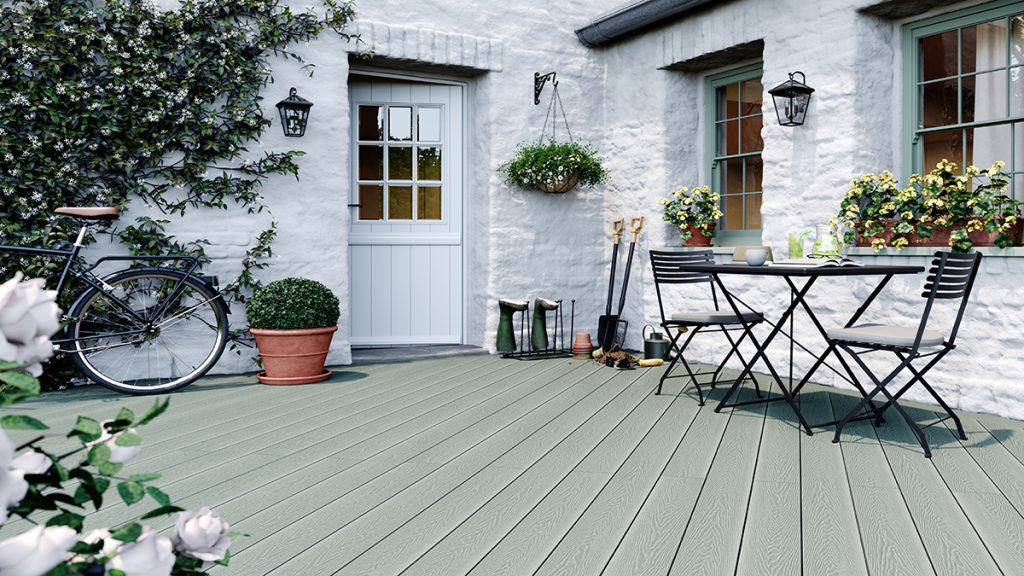
Conclusion
Choosing the right deck board Canada is critical to building an outdoor deck that withstands Canadian weather and suits your lifestyle. Whether you prefer the natural beauty of cedar, the affordability of pressure-treated wood, or the low-maintenance benefits of composite and PVC, understanding the materials, installation tips, and maintenance will help you enjoy your deck for years to come.
Take time to research suppliers – such as Hosung WPC, consider your local climate, and plan your deck carefully. The perfect deck board for your Canadian home is out there, waiting to transform your outdoor living space into a beautiful retreat.

